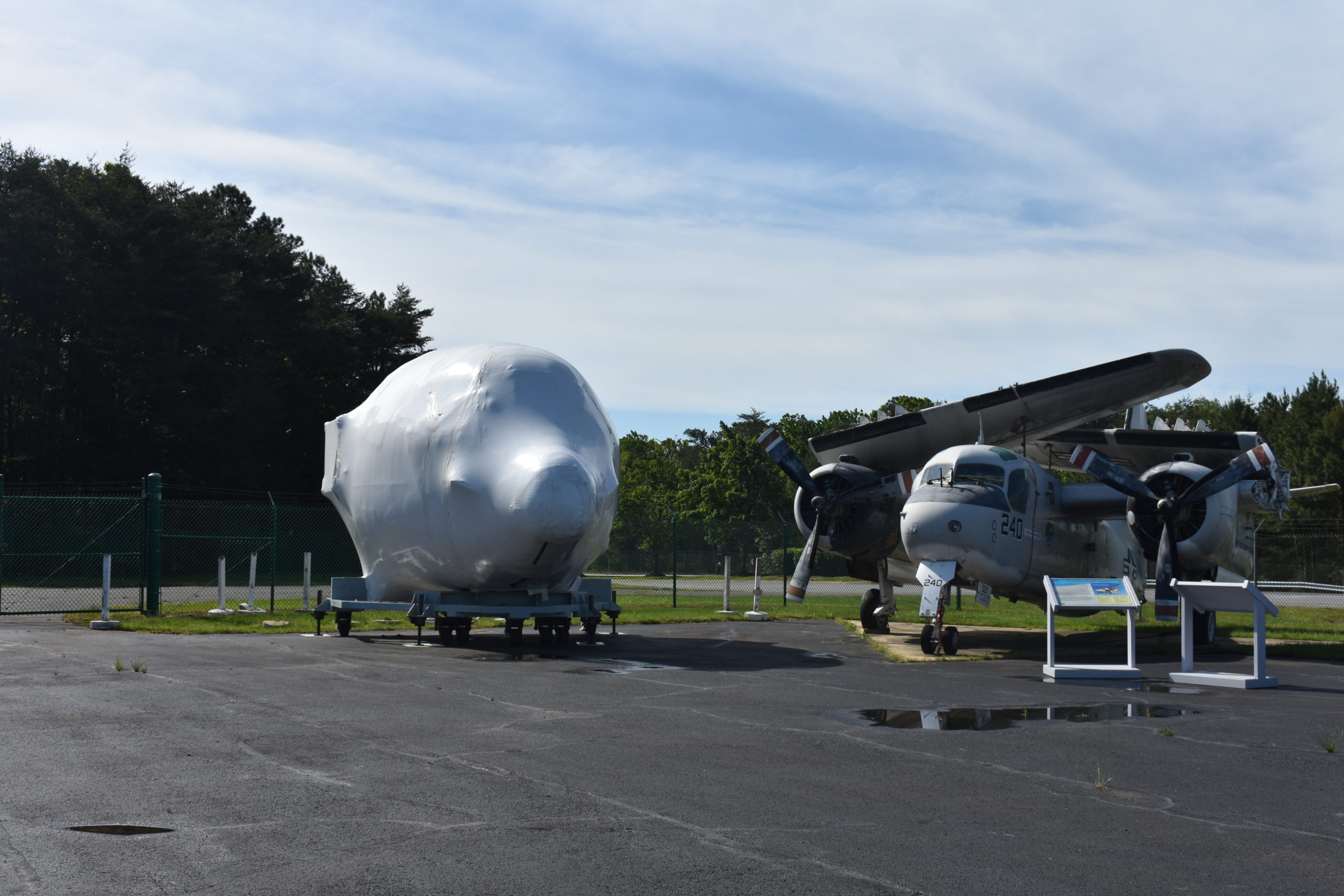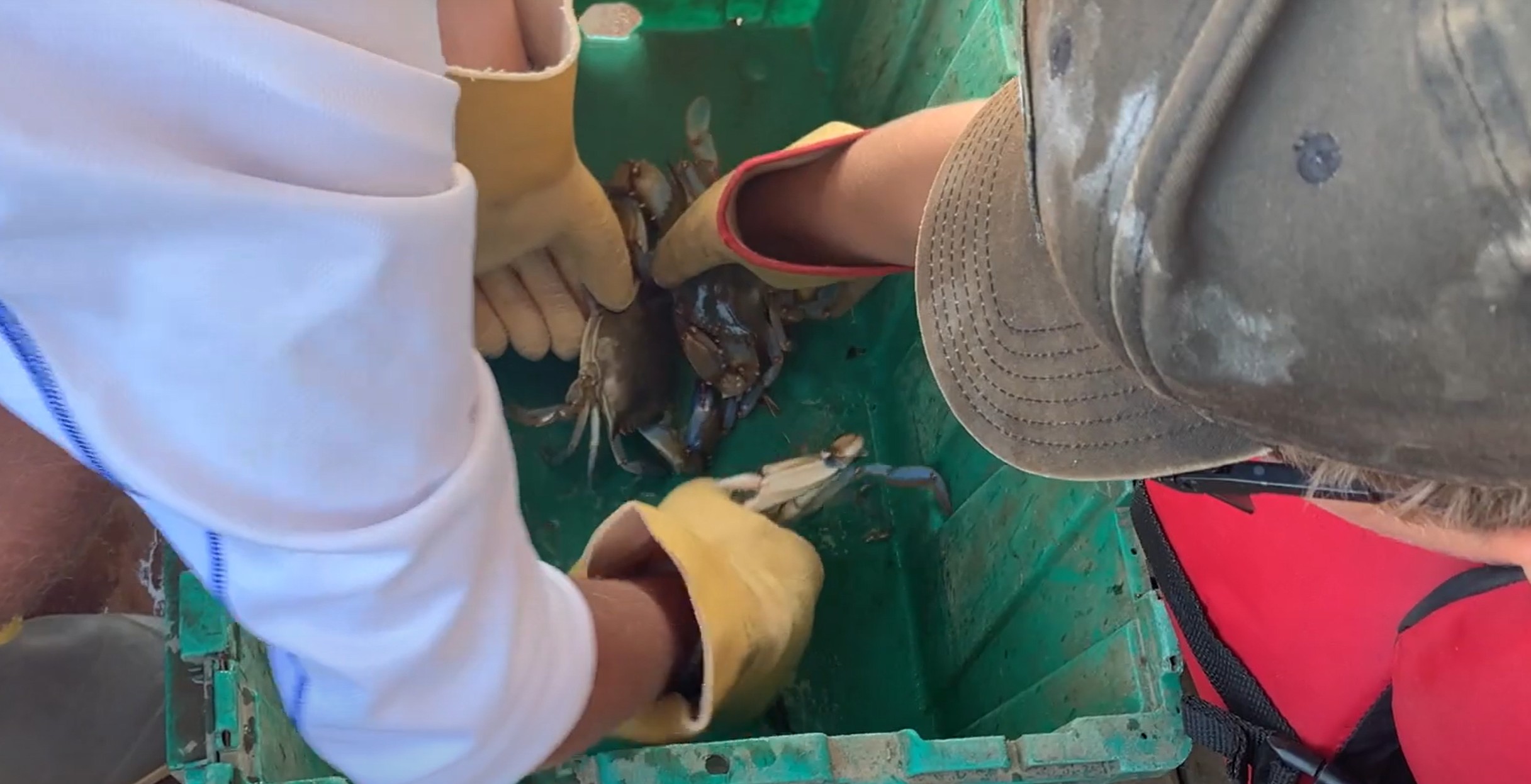By Karl Blankenship, Bay Journal News Service
“We’ve had some modest nutrient load decreases, and we have a responsive Bay. Those modest load decreases have played into causing the patterns that we are starting to see,” said Walter Boynton, retired scientist from the University of Maryland Center for Environmental Science. Photo: Dave HarpAfter mining through decades of data, scientists have uncovered an encouraging new sign that parts of the deepest, most degraded areas of the Chesapeake Bay are not only beginning to respond to cleanup efforts, but starting to cleanse themselves.
The big discovery: Concentrations of ammonium are decreasing in the deepest parts of the Bay.
Admittedly, trends in ammonium — a chemical cousin to ammonia that Wikipedia defines as a “positively charged polyatomic ion with the chemical formula NH4” — are likely never going to gather as much public attention as, say, trends in underwater grass beds.
Nonetheless, scientists say, even small changes in concentrations of this chemical trigger a chain reaction that helps remove nitrogen from some of the worst parts of the Chesapeake’s summer “dead zone” than would be expected from the region’s modest nutrient reductions alone. That, in turn, is helping oxygen concentrations to increase.
It’s hard to overstate the significance of the findings, which shows cleanup actions are helping the Chesapeake to help itself, say Michael Kemp and Walt Boynton, two longtime Bay scientists and colleagues who were co-authors of the paper and heralded the unexpected findings as “exciting” and “important.”
Kemp and Boynton, two recently retired scientists from the University of Maryland Center for Environmental Science who spent much of their careers documenting the decline of the Bay, suggest in a new paper published in the journal Limnology and Oceanography that deep areas of the estuary are not only showing signs of recovery from decades of nutrient over-enrichment — something they weren’t always sure they would see — but are actually responding better than anticipated.
“There is real progress in the cleaning up of the Bay and the reversal of eutrophication,” Kemp said.
To be sure, the improving trend is modest and was not obvious until they examined seasonal monitoring data covering more than 30 years.
It also came as a bit of a surprise. Because there are so few examples of coastal waters recovering from nutrient enrichment, the chemical process they found wasn’t previously described in science journals. “If we had known where to look for these trends,” they said in their paper, “they would have been available for discovery at least 10 years before the present.”
The story starts in the deep waters of the Bay that are plagued by oxygen-starved dead zones each summer, making these areas off-limits to most aquatic life.
Getting more oxygen into those areas has been a main goal of the region’s nutrient reduction efforts. Nutrients that wash into the Bay each winter and spring spur the growth of huge algae blooms. When the algae die, they sink to the bottom and are decomposed by bacteria whose rapid metabolisms draw oxygen out of the water.
The problem is particularly severe in deep areas because of a barrier — called a pycnocline — that forms in the summer and separates the warmer, fresher and lighter water on the surface from the saltier, colder and heavier water on the bottom. The pycnocline prevents oxygen-rich surface waters from mixing with low-oxygen bottom waters, effectively leading large portions of the Bay’s bottom to become virtually depleted of oxygen — or hypoxic — and unable to sustain fish, clams or even worms.
By reducing nutrient pollution, Chesapeake cleanup efforts aim to reduce algae growth which, in turn, means less fuel for oxygen-consuming bacteria. There are signs that this is working. Recent studies show a gradual trend toward less algal production in saltier Bay regions which, on average, is causing the dead zone to break up earlier at the end of the summer.
As they reviewed decades of seasonal water quality monitoring data, Boynton and Kemp, working with another UMCES scientist, Jeremy Testa, saw the small improving trend in deepwater oxygen concentrations that scientists have noted in recent years. But then they saw something new: In those deep waters of the Bay, ammonium concentrations were decreasing as oxygen levels were slowly rising — and have been doing so for decades.
Ammonium is one of several forms of nitrogen that exists in the environment. Most of the nitrogen that enters the Bay and feeds algae blooms is in the form of nitrate, which comes from farm fertilizers, manure, discharges from wastewater treatment plants and other sources.
But when those algae die and are consumed by bacteria, the stored nitrogen is released as ammonium. That’s a problem because ammonium is a favored food for most algae; the same amount of ammonium will grow even more algae than the equivalent amount of nitrate.
For the deep waters below the pycnocline, this was a double whammy. Bacteria were not only using up the oxygen directly, but as they decomposed algae, they were also churning out ammonium that could be moved to surface water to fuel more algae growth, which would die, sink, be consumed and so on — a self-reinforcing loop that worsened conditions.
But as the amount of nitrogen reaching the Bay has modestly decreased in more recent years, so has algae growth, allowing a bit more oxygen in deep waters, especially late in the summer.
“What we noticed when looking at the earlier breakup of hypoxia is that ammonium concentrations were really going down in the bottom water,” said Testa, who was the lead author of the paper.
What happened, the scientists say, is that the uptick in oxygen levels caused some of the ammonium to be transformed into other forms of nitrogen — initially nitrite and then nitrate.
“Oxygen is an important molecule for controlling the way a lot of these nutrients are processed,” Testa said. “The extra increment of oxygen makes a big difference.”
Unlike ammonium, nitrite and nitrate are forms of nitrogen that can be denitrified — that is, they are converted from forms of nitrogen that fuel algae growth into an inert gas that dissipates harmlessly from the water. Denitrification is, in fact, the same process that removes nitrogen from effluent at wastewater treatment plants, but in this case, nature is doing it for free.
Testa, Kemp and Boynton concluded that getting a little more oxygen into the water helps to short-circuit ammonium’s ability to fuel more algae. By removing that fuel from the system, they said, less oxygen is used up than would otherwise be the case. It’s something scientists call a “feedback loop,” where a natural process kicks in and results in greater changes than otherwise expected.
In the Bay, scientists have seen similar progressions in underwater grass restoration, where expanding grass beds improve water quality conditions beyond what would have occurred through pollution reductions alone, thereby allowing the bed to further expand.
To be sure, the initial improvements are small — oxygen levels in deep parts of the Bay remain low enough to be off-limits for most aquatic life much of the summer. But the ammonium trend is clear, and it is reflected in oxygen conditions throughout most deepwater areas, The trends are most pronounced from the mouth of the Potomac River to the mouth of the Rappahannock River.
“The decline of bottom water ammonium concentrations is an extremely sharp trend,” the authors noted. “From our point of view, this is probably the strongest statistical relationship that we’ve ever seen in the monitoring program water-quality data trends.”
As they reviewed decades of data, the authors also discovered that the trend in ammonium concentrations actually showed up well before the oxygen improvement was detected. As a result, they say, it’s a trend that can foreshadow the improvement in dissolved oxygen concentrations here and elsewhere.
“That is the kind of thing that we want to see,” Boynton said. “We’ve had some modest nutrient load decreases, and we have a responsive Bay. Those modest load decreases have played into causing the patterns that we are starti ng to see.”




